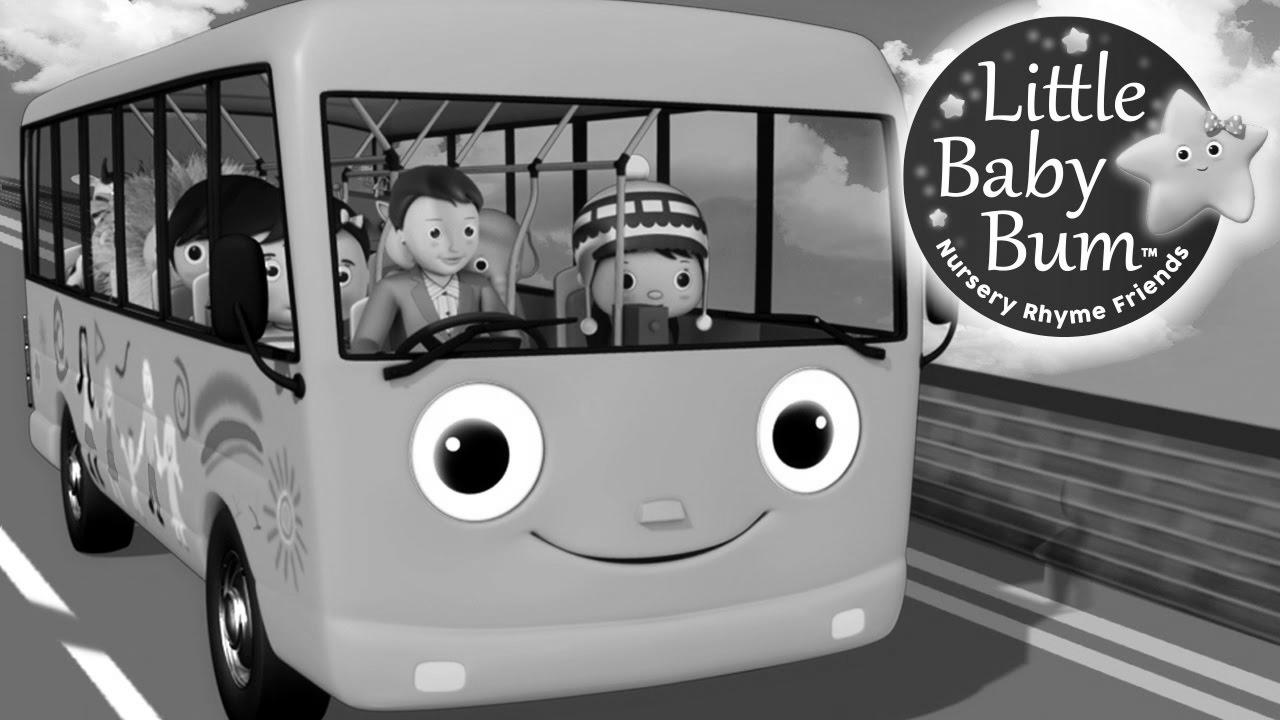Wheels On The Bus | Part 5 | Study with Little Baby Bum | Nursery Rhymes for Babies | ABCs and 123s
Warning: Undefined variable $post_id in /home/webpages/lima-city/booktips/wordpress_de-2022-03-17-33f52d/wp-content/themes/fast-press/single.php on line 26

Learn , Wheels On The Bus | Part 5 | Learn with Little Baby Bum | Nursery Rhymes for Infants | ABCs and 123s , , dDwZ9k23ZwU , https://www.youtube.com/watch?v=dDwZ9k23ZwU , https://i.ytimg.com/vi/dDwZ9k23ZwU/hqdefault.jpg , 464207249 , 5.00 , SUBSCRIBE for brand new movies every week!▻https://www.youtube.com/consumer/LittleBabyBum?sub_confirmation=1 ▻Little Baby Bum ... , 1413963070 , 2014-10-22 09:31:10 , 00:02:15 , UCKAqou7V9FAWXpZd9xtOg3Q , Little Baby Bum - Nursery Rhymes & Children Songs , 663682 , , [vid_tags] , https://www.youtubepp.com/watch?v=dDwZ9k23ZwU , [ad_2] , [ad_1] , https://www.youtube.com/watch?v=dDwZ9k23ZwU, #Wheels #Bus #Half #Be taught #Baby #Bum #Nursery #Rhymes #Babies #ABCs #123s [publish_date]
#Wheels #Bus #Half #Study #Child #Bum #Nursery #Rhymes #Infants #ABCs #123s
SUBSCRIBE for new videos every week!▻https://www.youtube.com/user/LittleBabyBum?sub_confirmation=1 ▻Little Child Bum ...
Quelle: [source_domain]
- Mehr zu learn Learning is the physical entity of effort new sympathy, knowledge, behaviors, technique, belief, attitudes, and preferences.[1] The inability to learn is berserk by mankind, animals, and some machinery; there is also show for some kind of encyclopedism in confident plants.[2] Some education is present, spontaneous by a single event (e.g. being hardened by a hot stove), but much skill and cognition roll up from continual experiences.[3] The changes spontaneous by education often last a lifespan, and it is hard to identify learned substantial that seems to be "lost" from that which cannot be retrieved.[4] Human encyclopedism launch at birth (it might even start before[5] in terms of an embryo's need for both physical phenomenon with, and unsusceptibility inside its environment inside the womb.[6]) and continues until death as a outcome of on-going interactions 'tween people and their environment. The quality and processes caught up in encyclopaedism are designed in many constituted fields (including educational psychology, physiological psychology, experimental psychology, psychological feature sciences, and pedagogy), also as rising comic of knowledge (e.g. with a shared interest in the topic of education from safety events such as incidents/accidents,[7] or in collaborative education wellness systems[8]). Investigating in such fields has led to the identification of various sorts of eruditeness. For good example, encyclopedism may occur as a outcome of dependance, or classical conditioning, conditioning or as a consequence of more complex activities such as play, seen only in relatively searching animals.[9][10] Eruditeness may occur unconsciously or without conscious awareness. Learning that an dislike event can't be avoided or at large may consequence in a state known as enlightened helplessness.[11] There is bear witness for human behavioral encyclopedism prenatally, in which habituation has been observed as early as 32 weeks into biological time, indicating that the central troubled arrangement is sufficiently developed and ready for learning and memory to occur very early on in development.[12] Play has been approached by several theorists as a form of learning. Children research with the world, learn the rules, and learn to act through and through play. Lev Vygotsky agrees that play is crucial for children's maturation, since they make content of their state of affairs through performing educational games. For Vygotsky, even so, play is the first form of education word and human activity, and the stage where a child started to interpret rules and symbols.[13] This has led to a view that education in organisms is ever affiliated to semiosis,[14] and often connected with figural systems/activity.